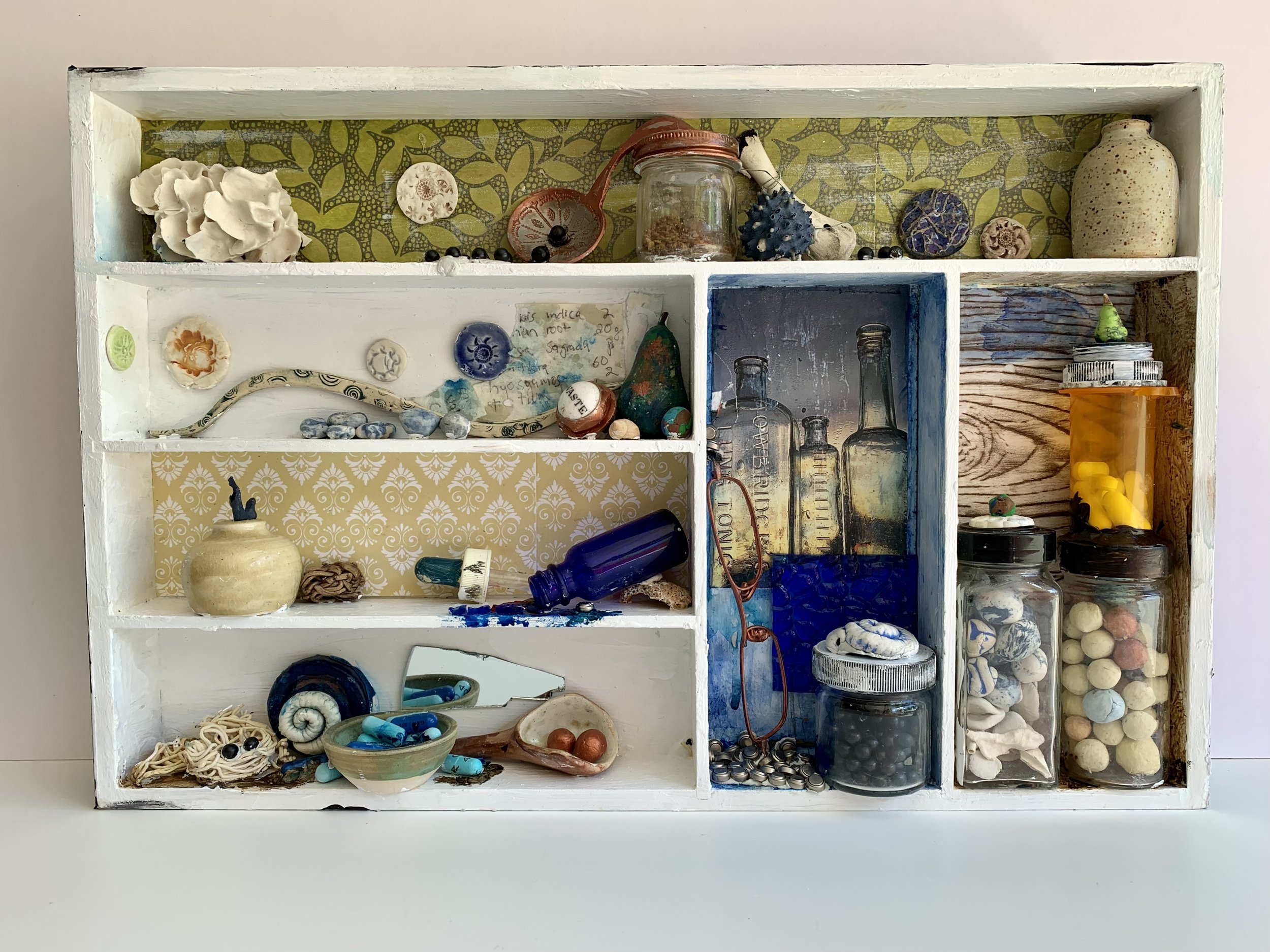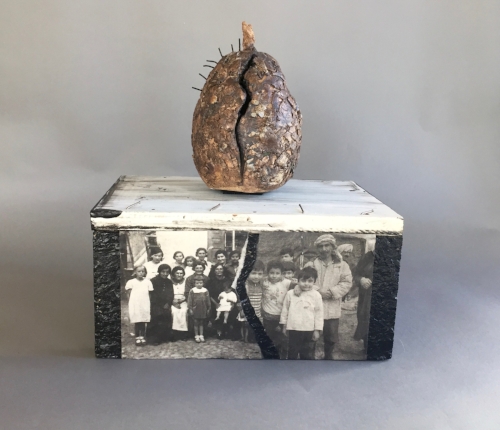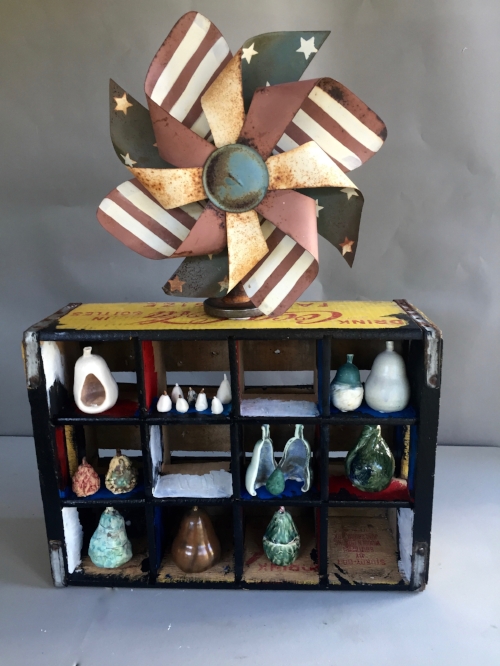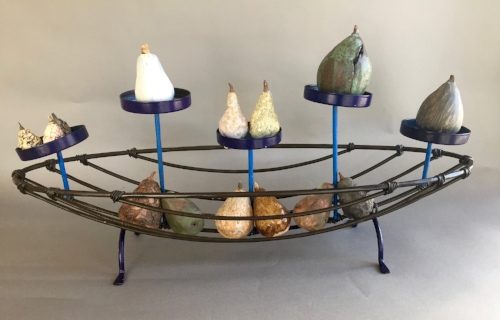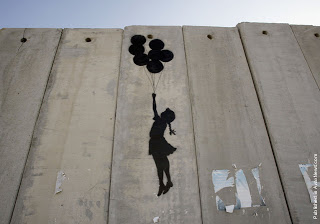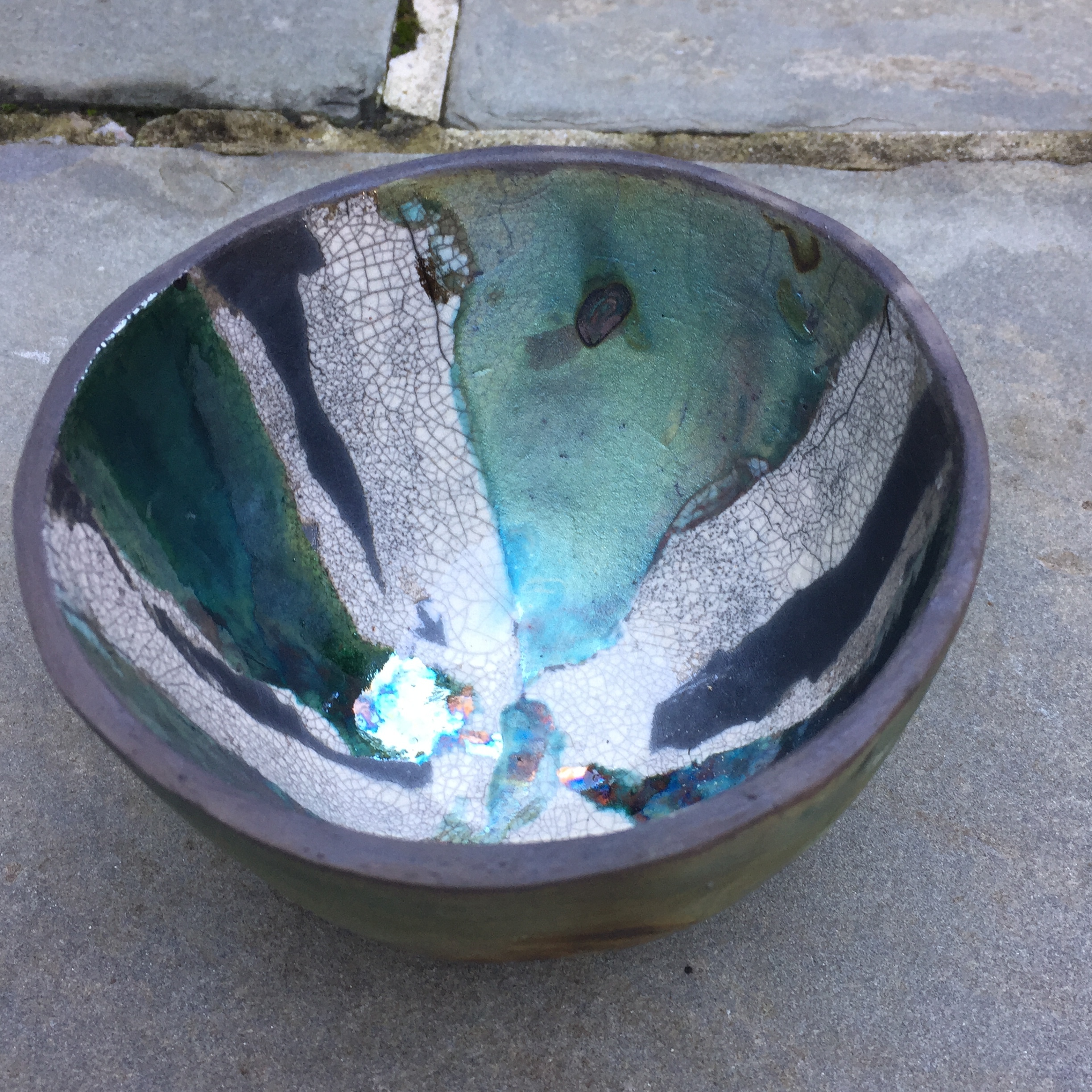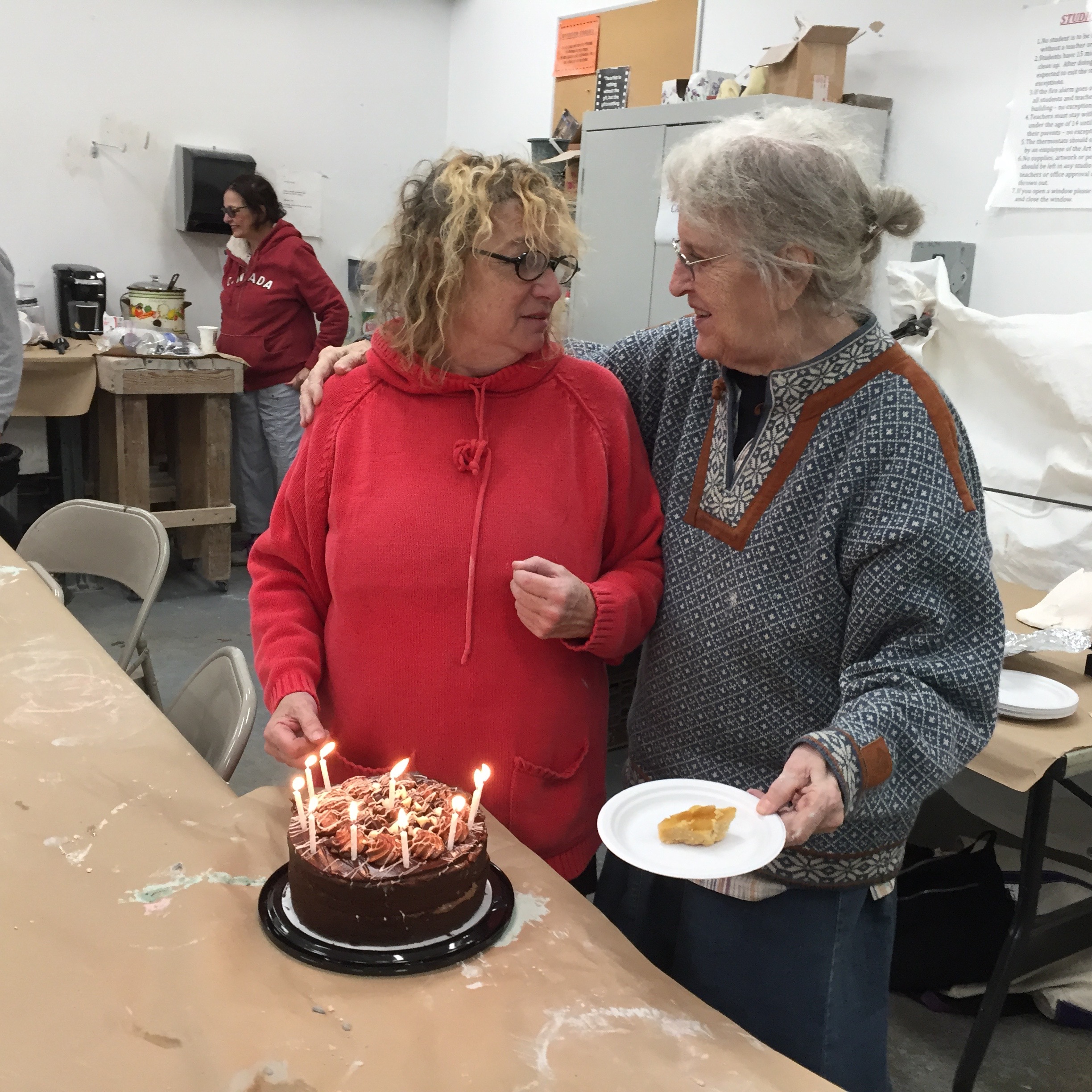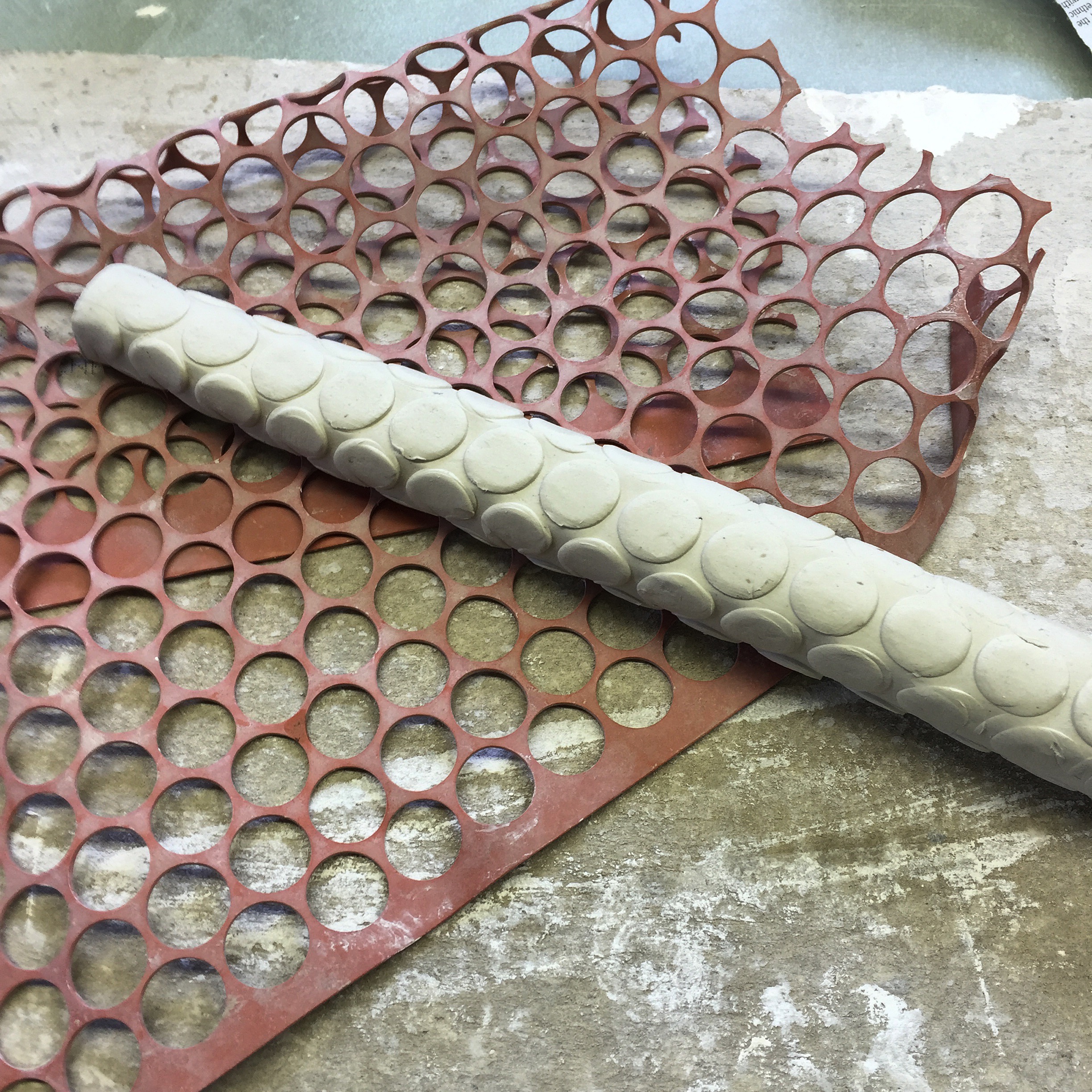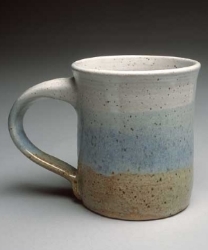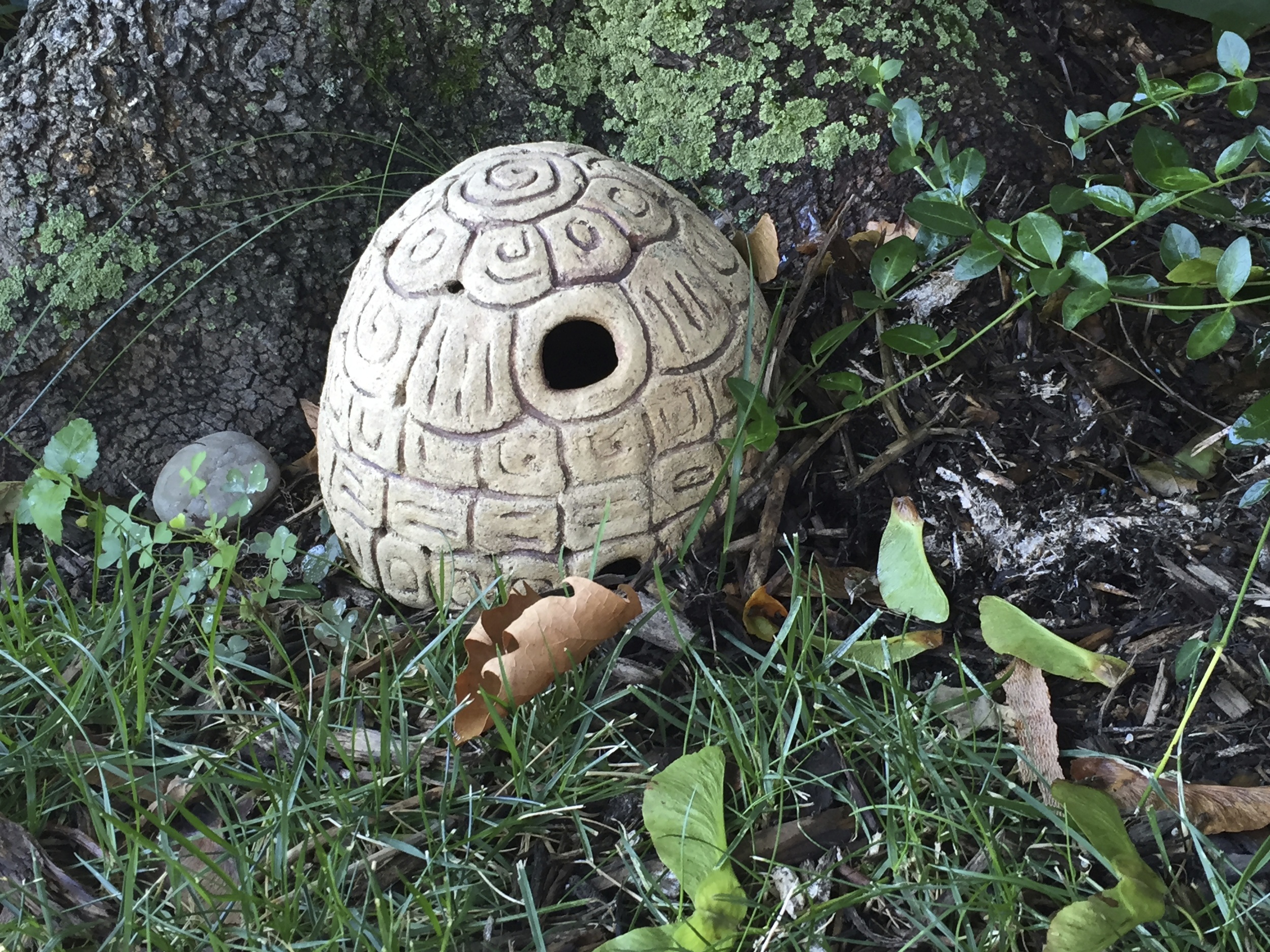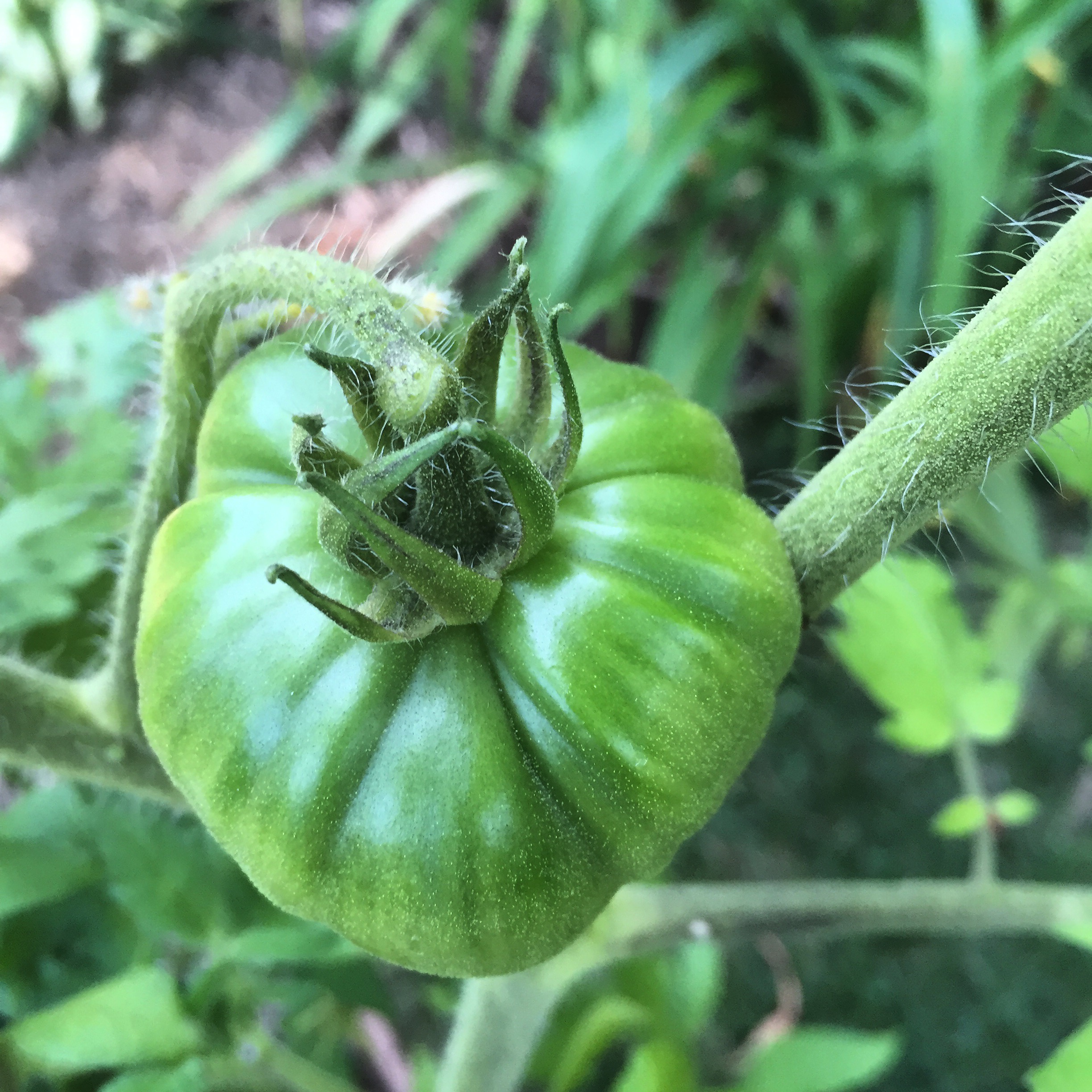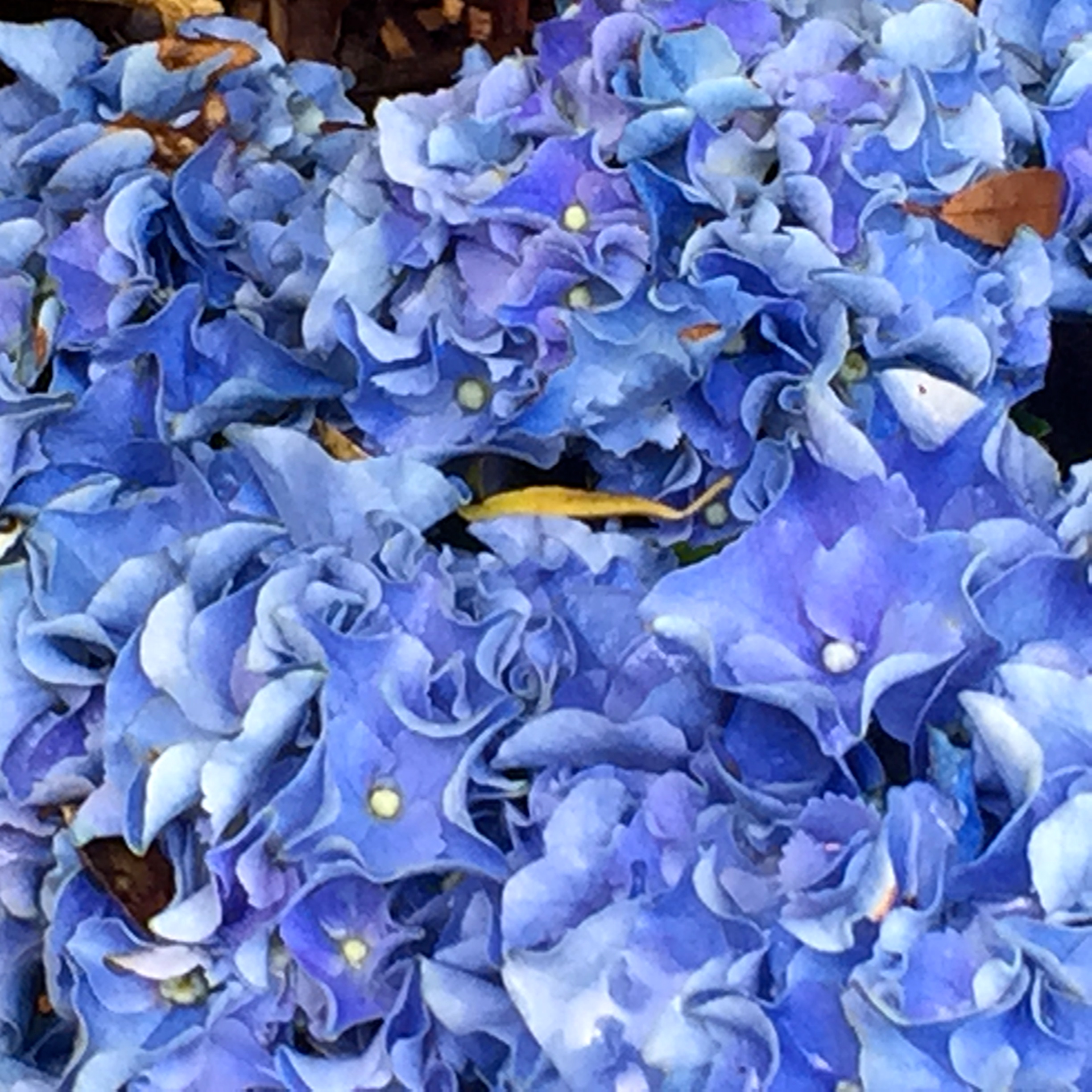This past spring my friend, Marcia Le Beau, had a collection of her poetry published. The title poem is “A Curious Hunger” which was inspired by my artwork “Crazy Cooks Spoons”. I let Marcia tell you how this happened.
I had been working on my poetry manuscript for many years when I was tasked to write an ekphrastic (a work or art inspired by a work of art) poem for a group poetry reading I was hosting at the JSDD’s Heidi Gallery. When I walked into the gallery, I was immediately drawn to a ceramic piece. It’s hard to miss a set of spoons hanging on the wall! They were beautifully crafted and full of whimsy. As I stood there smiling, I reflected on how much I appreciate spoons and began to write. The poem evolved over the weeks leading up to the reading, but I was having trouble with the ending. I wanted to bring the artist into the poem to give her credit for my inspiration, but I also was having a hard time summing up how the work of art and the actual utensil gave me a sense of comfort and satisfaction. Somehow, I arrived at the line about the artist as, “….the one who understands our curious hunger,” and knew that was it. At the time my manuscript was titled, “Skin Hunger” but that didn’t feel quite right. And here was “curious” attached to “hunger.” My new manuscript title had snuck up on me in the words inspired by the artist’s work. Not too long after, Beth reached out to me when she read the “A Curious Hunger” poem in a binder the Heidi Gallery had put together with the art. We went for a walk and now we’re artist friends. Amazing, but not surprising that art inspired by art can also inspire friendship
This is a great book of poetry I encourage you all to order from Broadstone books by clicking here. For information about Marcia and for a schedule of her readings go to her website.



